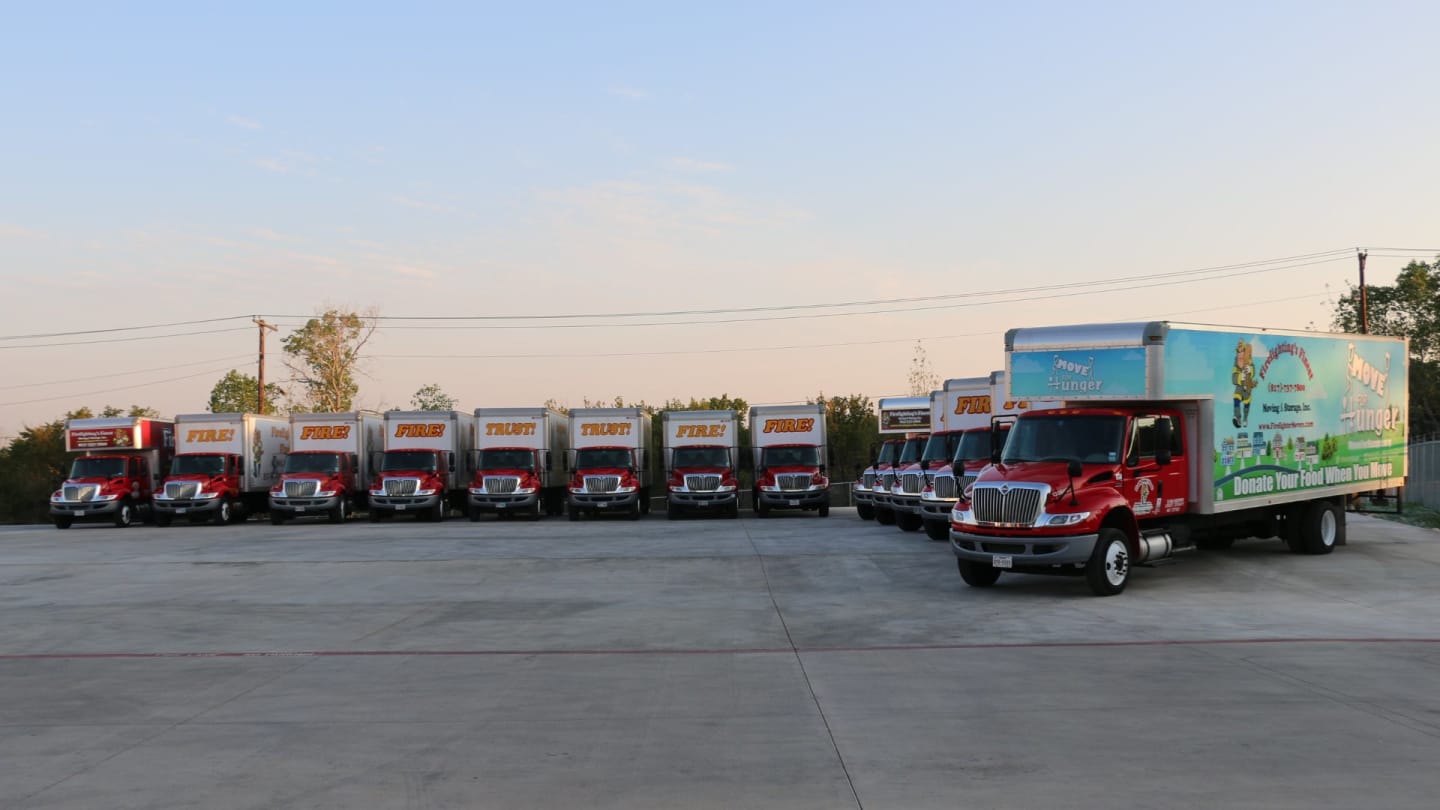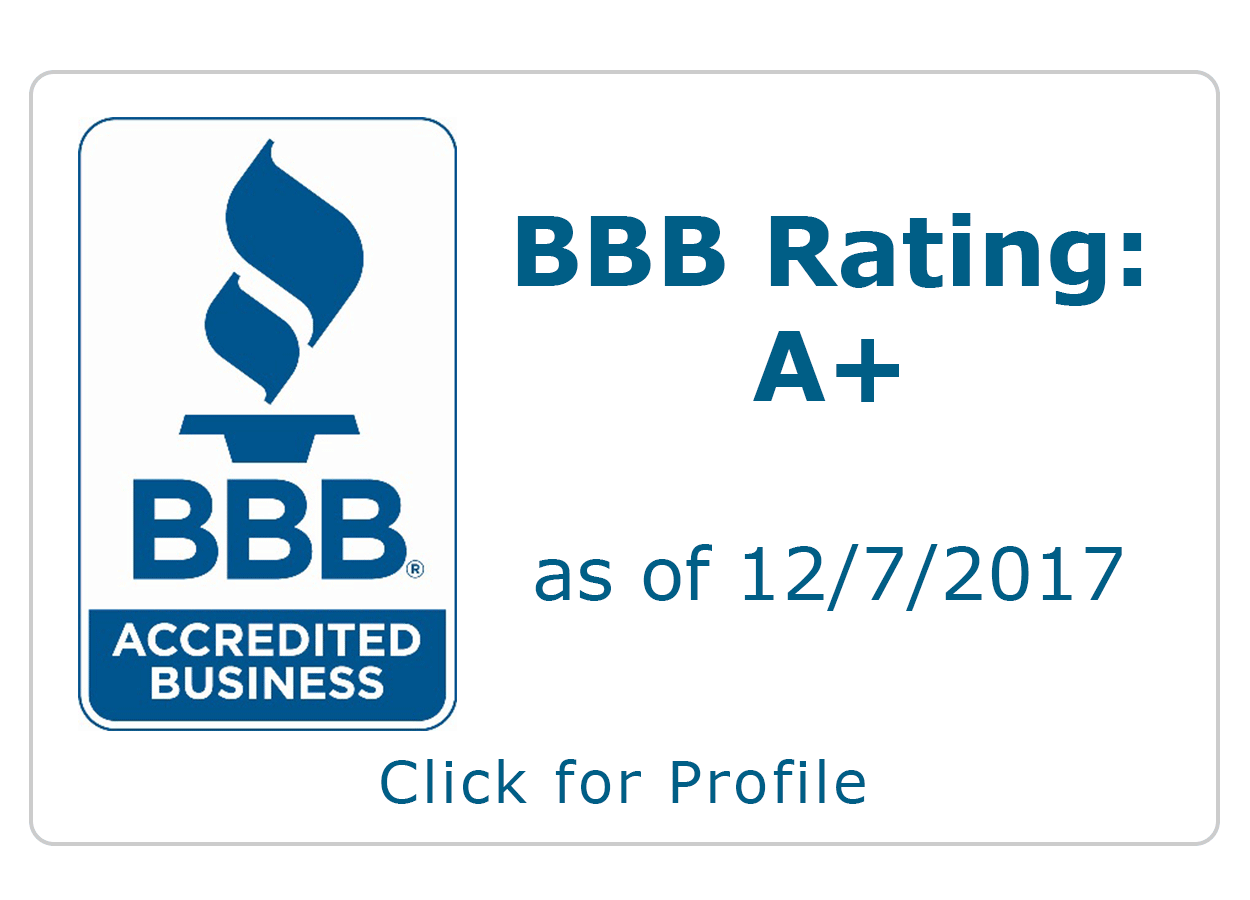
Moving can be a challenging process, especially when it comes to packing valuable appliances securely. That’s why Firefighting’s Finest Moving & Storage is ready and willing to provide essential insight on how to pack appliances for moving. For years, residents of Fort Worth, Dallas, Houston, and Austin, TX have trusted us to deliver reliable moving and storage solutions. Our experienced team is dedicated to ensuring you have the best possible moving experience, and that includes sharing essential tips and insights on how to pack your appliances properly. Whether you’re safeguarding a refrigerator, washer, microwave, or other household equipment, protecting these investments is integral to a smooth transition. Trust us to guide you through every step so your appliances arrive at your new home in perfect condition.
What Appliances Do People Typically Pack When Moving?
When moving to a new home, there are several appliances that people commonly pack to take with them due to their value and necessity in daily life. Items such as refrigerators, washing machines, microwaves, and coffee makers are often deemed essential and make the list of must-pack appliances. On the other hand, some appliances are typically left behind because they are built-in or may already be included in the new home. For example, many people leave behind installed dishwashers, ovens, or water heaters, as these are often part of the home’s fixtures. Carefully deciding what to pack and what to leave can significantly streamline the moving process and ensure that only the most critical and portable appliances make the transition. Other appliances people commonly need to pack when moving include the following:
- Blenders and food processors
- Toasters or toaster ovens
- Electric kettles
- Vacuum cleaners
- Air purifiers
- Space heaters or portable fans
Helping You Pack Wisely When Moving Appliances
Firefighting’s Finest Moving & Storage prides itself on assisting clients with the safe and seamless relocation of their appliances. Our professional team handles moving appliances with the utmost care, ensuring your home and appliances remain protected against damage during the moving process. To prepare appliances for moving, start by thoroughly cleaning and drying them to prevent moisture-related issues. Secure any loose parts, such as trays or shelves, with tape or cushioning materials. You should also ensure you neatly tie and fasten cords to avoid tangling. Using appropriate padding and properly sized boxes adds an extra layer of protection. For appliances requiring special preparation, such as refrigerators or washing machines, we’ve provided detailed packing instructions below to help you get them ready for a worry-free move:
How to Pack and Move a Washer and Dryer
Moving a washer and dryer involves multiple steps to ensure your move goes smoothly and reduces the risk of appliance or floor damage. Firefighting’s Finest Moving & Storage Recommends following the steps below to protect your washer and dryer and streamline the packing and moving process:
- Clean Your Wash and Dryer – Once the drums are emptied, run a normal wash cycle with a washing machine cleaner or chlorine bleach, and use a vacuum to remove all lint from the dryer. Keep the washer door open for 24 hours after the cycle finishes to ensure it dries fully.
- Disconnect Your Appliance – Turn off power to your washer and dryer at the breaker, unplug them, and secure the plugs to the units. Shut off the washer’s water supply, detach the hot and cold hoses, and drain them into a bucket. Disconnect the dryer vent, and for gas dryers, consult a professional before removing any connections.
- Secure Your Washer Drum – A washer drum relies on a suspension system, but moving can cause strain. Minimize vibration by securing the drum with shipping bolts, transit bolts, or foam from the packaging. Adding foam board or cardboard can provide extra stability.
- Secure the Doors and Cover Your Unit – Once the power cords and hoses are detached and safely secured, use stretch tape to secure the washer and dryer doors. Then, cover both appliances with moving blankets for added protection.
- Load Your Appliances into the Truck – With two or more people, lift your washer or dryer slightly and slide a dolly or hand truck underneath. Secure the appliance tightly with a strap and carefully maneuver it around corners, through doorways, or on stairs with assistance.
How to Pack and Move a Refrigerator
Your refrigerator is a large, cumbersome appliance that requires special care when transporting it to your new home. Below are steps to follow during the moving process to ensure your fridge gets to its destination in one piece:
- Remove Food and Clean It – Pack the food you want to take with you in a cooler while you move and be sure to deep clean your fridge. This prevents lingering food residues from creating bad smells while the fridge is turned off.
- Take Out Shelving – Remove any shelves or bins that can be taken out, and pack them separately to protect them from damage during the move.
- Disconnect Fridge and Defrost – Carefully pull the refrigerator forward to unplug it and disconnect the water lines. Use a towel to prevent leaks and tape the power cord securely. Refer to your refrigerator’s manual for detailed steps.
- Slide Out Fridge and Cover It – Carefully tilt the fridge back to place sliders under the feet or rock it gently to move it forward. Secure the doors with stretch tape, cover the fridge with a moving blanket, and wrap it with rope or tape to protect the appliance and walls during transport.
- Load Appliance – With the help of at least one other person, carefully tilt the refrigerator to one side and position a hand truck underneath. Avoid tipping the fridge forward onto the hand truck to prevent potential damage.
- Secure Unit for Transport – Secure the refrigerator firmly to the hand truck using straps, then carefully tilt the hand truck back at a maximum angle of 45 degrees. Make sure to have assistance when navigating corners, doorways, or stairs.
How to Pack and Move a Stove
Firefighting’s Finest Moving & Storage covers valuable information about maintaining your stove, range, and oven’s conditioning while transporting it between homes. With the following steps, you can protect your expensive appliances:
- Clean Your Stovetop – Clean off any grease buildup on your stovetop. This residue can collect dust or cause stains during your move.
- Focus on Safety – For gas ranges, make sure a licensed technician disconnects it and secures the gas line before moving. Electric ranges typically don’t require extra preparation.
- Hire a Professional for Installation – At your new location, have a certified gas installer inspect the gas line, connect your range and other appliances, seal gaps, and ignite the pilot light.
Get in Touch with Firefighting’s Finest Moving & Storage
Are you ready to pack and move your appliances, clothing, furniture, and other belongings to a new home? Firefighting’s Finest Moving & Storage is ready and willing to help you make your moving process as smooth and worry-free as possible. Reach out to us today to discuss your home, possessions, and destination.








